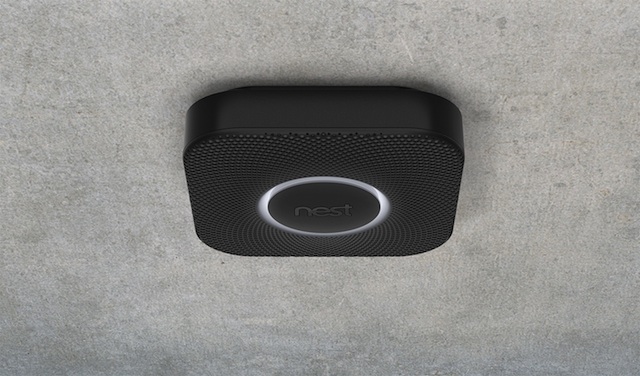This post is the second in a series of four sponsored stories brought to you by Nuffnang.
During the recent switch over to chip and pin payments, many in the restaurant industry feared that tips would fall and waitstaff would lose jobs, the reality is somewhat different claims PayPal.
Last week I had the opportunity to tour the PayPal Innovation Centre in San Jose where they showed off the work they are doing in the retail and hospitality industries to change payment systems.
One of the products they showed was their Pay At Table app that integrates into a café or restaurant’s point of sale system and allows customers to pay their bills immediately.
The immediate reaction to this has been resistance from restaurant managers who were worried customers to skip without paying. For waitstaff, the worry was they could be replaced by an app.
It turns out the technology has had a different effect, the productivity of floor staff in the establishments where the app has been trialled has improved substantially.
“In a typical café it takes around ten minutes to get the check,” says the lead demonstrator of the Innovation Center, Michael Chaplin. “We find that freeing waitstaff up to help customers and letting them pay their bills faster means everybody is happier.”
With that ten minute per table improvement, management have found customers’ satisfaction has improved and the waitstaff have seen tips improve – partly because diners are happy and also because the tipping is integrated into the payment, calculating an appropriate gratuity is always a hassle in the United States.
That ease of payment from mobile phone and table apps is rolling across industries, it’s not just limited to the hospitality sector. Increasingly these technologies are being used by tradespeople, retailers and across the service industries
Increased productivity is more than just saving money and reducing staff numbers, it’s about giving the customer a more seamless and easy experience.
All business need to think carefully about how they can use technology to improve their service and increase revenues.
Similar posts:




